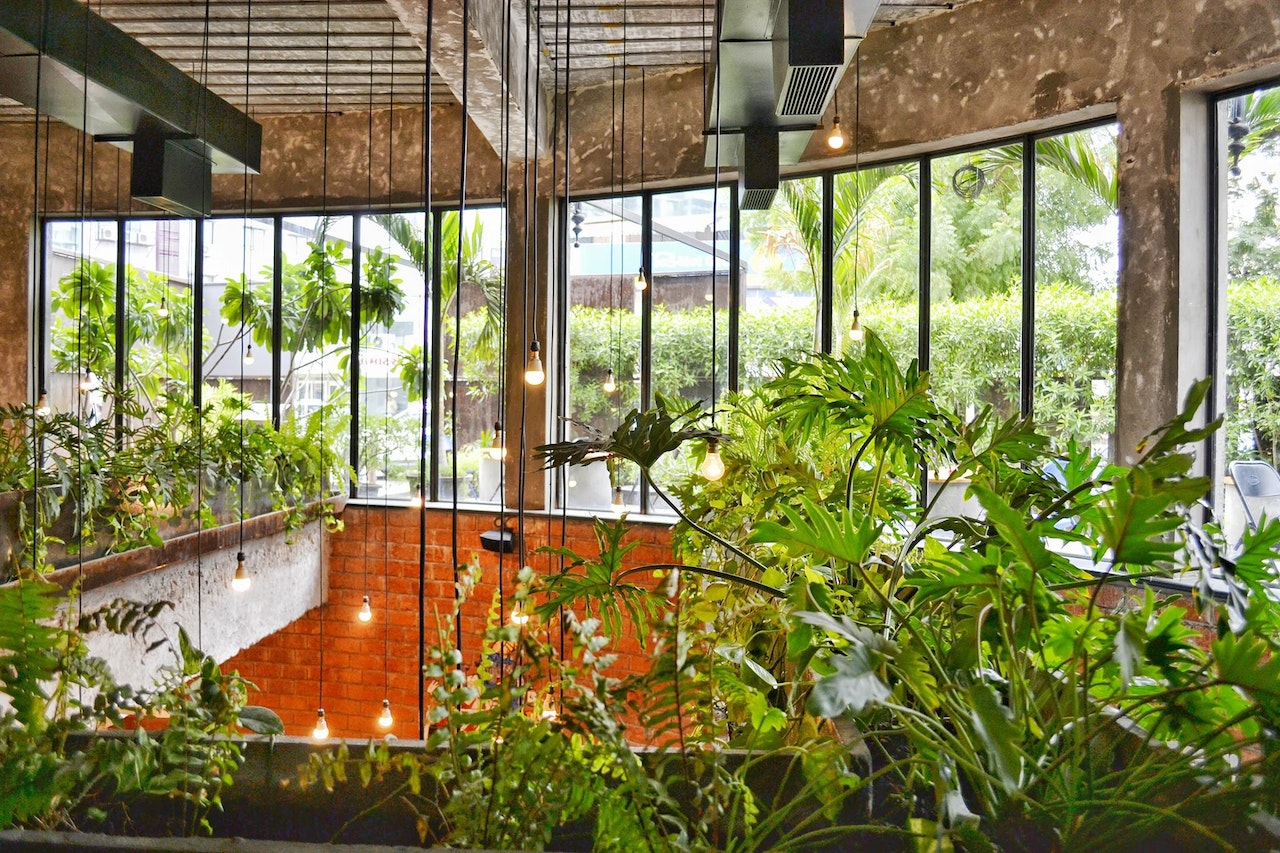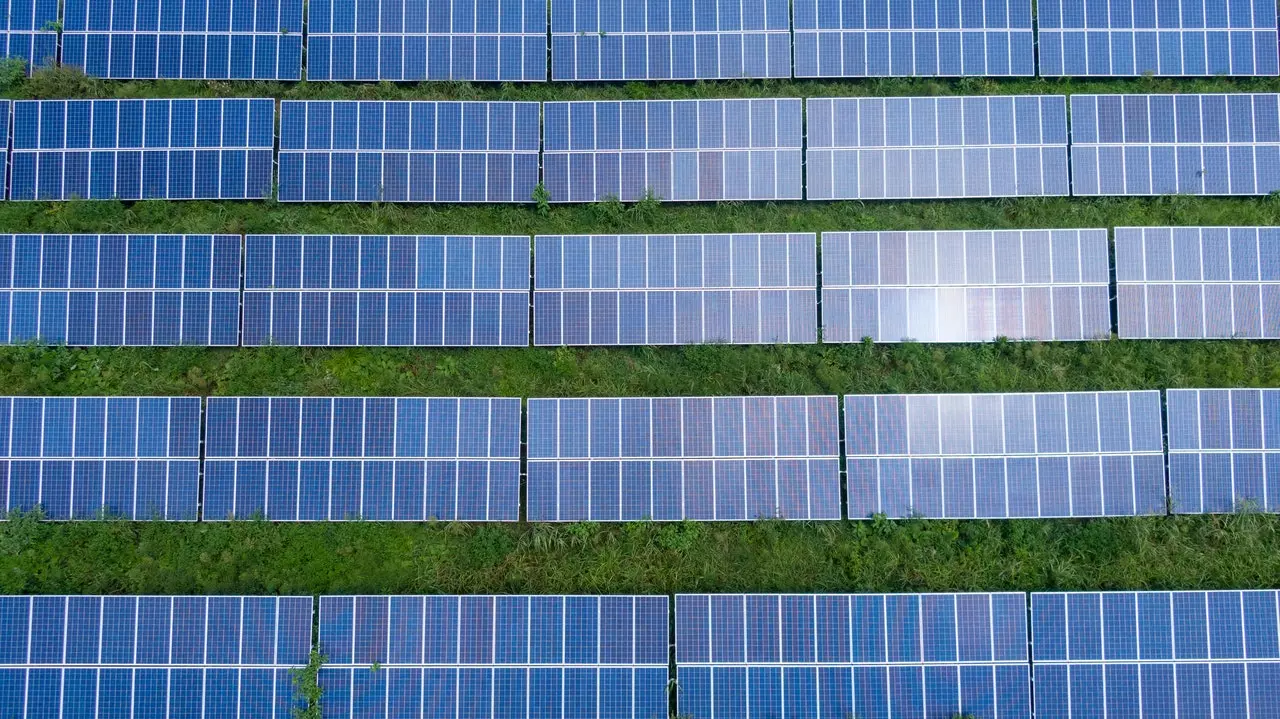Comments
- No comments found

Using eco-friendly materials to construct your new home could help protect and preserve the environment for future generations.
Eco-friendly construction is both an ethos and a practical home-building process.
It can mean being conscious of the materials you use and buying them from companies with eco-friendly business practices or reusing materials that are still in good shape. Additionally, smaller-scale impacts like waste management on the job sites all help build a home for a greener future.
In this article, I’ll discuss why it’s essential to use eco-friendly construction methods and what that might entail. If you’re looking to build a new home or want to see if and how you could retrofit your existing home to be more eco-friendly, this is the article for you.

One of the most critical aspects of eco-friendly construction is using sustainable building materials. A few primary sustainable building materials could be used in home construction to replace traditional, non-renewable materials.
While you may not think of it, sheep’s wool could easily replace traditional pink fiberglass insulation. While fiberglass insulation has an R-value of 3.5 to 3.8 per inch of wool, this is roughly 0.3 to 0.6 higher than traditional fiberglass insulation.
If you use sheep’s wool, it’s highly recommended that you use Borax to clean it, which will also act as an insect repellent. Plus, sheep’s wool is renewable, making it infinitely more sustainable.
This is a reasonably obvious building material, as timber is used in many ways, nearly from start to finish, with most builds. The key to using timber as a sustainable building product is choosing sustainably grown and responsibly harvested timber rather than chopped down wholesale from a natural forest where replanting does not occur.
Do your research when choosing timber products for your home if you can use recycled timbers, all the better! Timber is the ultimate renewable if the harvesting processes align with eco-friendly ethics.
Building with straw bales requires a dry and rodent-free environment, so it may only be ideal for some applications. However, it is a highly renewable material that can look aesthetically pleasing once sealed and appropriately clad with timber or steel.
Using sustainable building materials will not only prolong the life and health of our planet but could also prove hugely financially advantageous, as using recycled materials can bring building costs down significantly.

One of the most important aspects of eco-friendly construction is energy efficiency. Energy-efficient technologies and principles stretch far beyond the occasional solar panel nowadays. With the advent of heat pumps and other energy-efficient technology breaking ground, incorporating it into your home build has always been challenging.
“Passive solar” is one of a home's first energy-efficiency principles. When building your home, its positioning to the sun and the positioning of the rooms within the structure are crucial.
You should position your building’s north-facing axis, include the day-use rooms on this northern wall, and use the sun’s positioning most effectively. Windows should be double-glazed to maximize heat gathered during the day. Good insulation practices should also be used, including placing insulation outside the thermal mass.
Smart technology is coming in leaps and bounds within the home, from smart TVs to things that save you energy, like smart plugs and smart appliances that tell you when you’re using the most energy or if your fridge door has accidentally been left open. Other eco-friendly smart tech includes low-flow showerheads that use less water (1.5 gallons per minute) without compromising that clean feeling.
If you water your gardens or lawn, smart tech can also analyze weather systems and conserve water usage during rainy seasons while timing sprayers during the day when the weather is hottest or at a set time. These are controlled via control units and Wi-Fi connections within the home via applications on your phone.
You may not think of suitable old LEDs as environmentally friendly, but they are some of the most environmentally-friendly lighting systems out there! LEDs convert 95% of their energy into light, meaning that you only lose 5% as heat.
This high conversion rate means that LED lights require less energy overall to produce light. LED lighting tends to be more expensive initially than incandescent lights but has an almost 50 times greater lifespan.
Building energy efficiency into a home initially will mean spending more money upfront. However, the return on investment (depending on the scale of the investment) could be as little as 51 months or less than five years.
Green roofing is introducing a green space onto your home's roof. This is typically installed after the roofing is complete and is also typically installed on flat roofs rather than pitched ones. Examples of green roofing can sometimes be found on very old and neglected homes, whereby the foliage has taken over the house, and moss can be seen growing on the roofline.
Green roofing requires waterproofing your existing roof and building a root-repellent system, where greenery like grass, plants, and bushes, even gardens, are planted over the top, with soil, irrigation, and water drainage system.
Green roofing helps reduce urban air temperatures by absorbing the heat into the earth. This is particularly useful in cities where the ‘heat island’ effect occurs. For example, people building a duplex in Sydney may consider using a flat roof to install a green space.
Rainwater harvesting is another fantastic way of being eco-friendly during your construction. Setting up rain barrels or using water tanks in your basement plumbed in to receive water from drainage pipes off your roof. This is a great way to reduce your water bills and, if plumbed and filtered correctly, could even account for most of your water, all free at the source!
Governments worldwide have realized that building eco-friendly is beneficial for the environment, the homeowner, and the country as a whole. As such, governments have begun incentivizing homeowners and builders to construct more eco-friendly homes, such as tax credits, grants and subsidies, rebates, and lower insurance premiums.
For example, in New South Wales, Australia, building upgrades are also offered financial support from the government, particularly for businesses looking to retrofit their office spaces with eco-friendly ventilation or other renovations. The City of Sydney offers $15,000 in cash per project for companies looking to build in greener ways.
Receiving financial incentives from the local and federal government offers homeowners the opportunity to invest in eco-friendly construction materials and practices early on. Homeowners can reap the rewards when they sell the property, as eco-friendly and green energy initiatives continue to become famous and people look for something different than your traditional bricks and mortar dwelling.
Luke Fitzpatrick has been published in Forbes, Yahoo! News and Influencive. He is also a guest lecturer at the University of Sydney, lecturing in Cross-Cultural Management and the Pre-MBA Program. You can connect with him on LinkedIn.
Leave your comments
Post comment as a guest